Of all of Cruikshank’s novel collaborations, his collaboration with Charles Dickens (1812-1870) is the most well known. The relationship between the two started out amicably enough; John Macrone (1809-1837), Dickens’ first publisher, approached George Cruikshank to illustrate some of his works. The first collaboration was for Dickens’ novel Sketches by Boz which was completed without incident and published in 1836. This novel consisted of general stories and illustrations concerning everyday life in and around London, England in the 1800s. Their collaboration was so successful that other publishers were spurred to seek out Cruikshank to hire him as an illustrator for other collaborations.
“Both Cruikshank and “Phiz” caught Dickens’s spirit of exaggeration, and method of labeling a character by some external peculiarity, though Cruikshank managed always to produce a sensation of ugliness, from which Phiz was happily free, no doubt owing to his more careful studies of the nude when quite a lad.”
The Westminster Review, October 1882, click here to read more.
The following year Richard Bentley (1794-1871), publisher of Bentley’s Miscellany, invited Cruikshank to illustrate Dickens’ novel Oliver Twist (1838). During this collaboration, Cruikshank suggested several changes and offered integral information about the scenery and society of the seedy side of London. Dickens used some of these suggestions and rejected others. Needless to say, it was a successful operation. However, after Dickens’ death in 1870, George Cruikshank made several claims that he had originated the story of Oliver Twist. Particularly, Cruikshank asserted that Fagin was copied verbatim from his own character descriptions and even his own embodied ‘performance’ of that character. Because Dickens was not as well-known when he collaborated with Cruikshank on Sketches by Boz, biographer Robert Patten cheekily refers to Dickens as “the Cruikshank of writers.” You can find more information on their falling out by reading, “Collaboration Conflicts: The Drama with Dickens.”
Click on the images below to learn more about each illustration
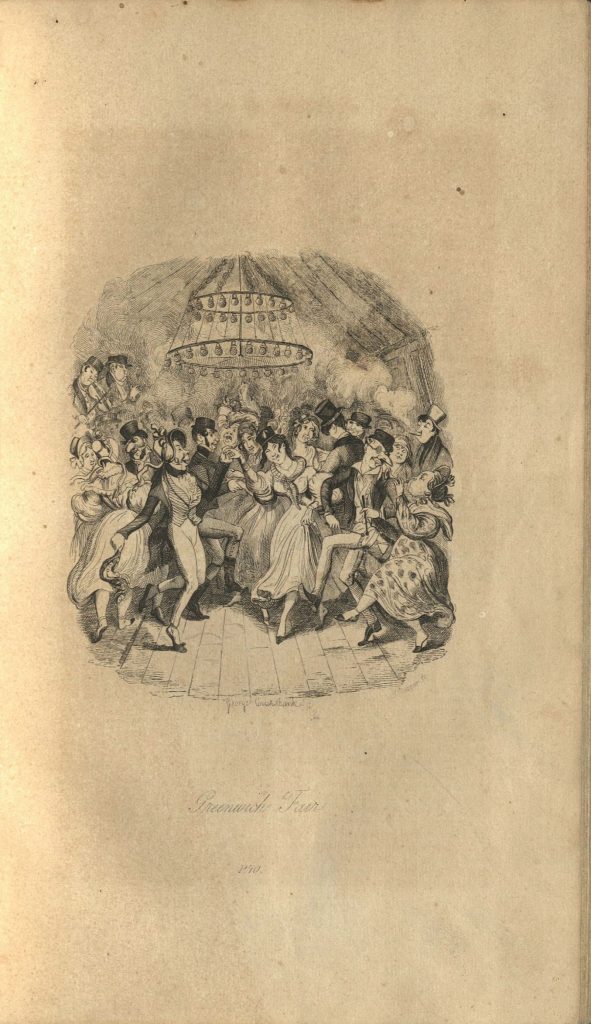
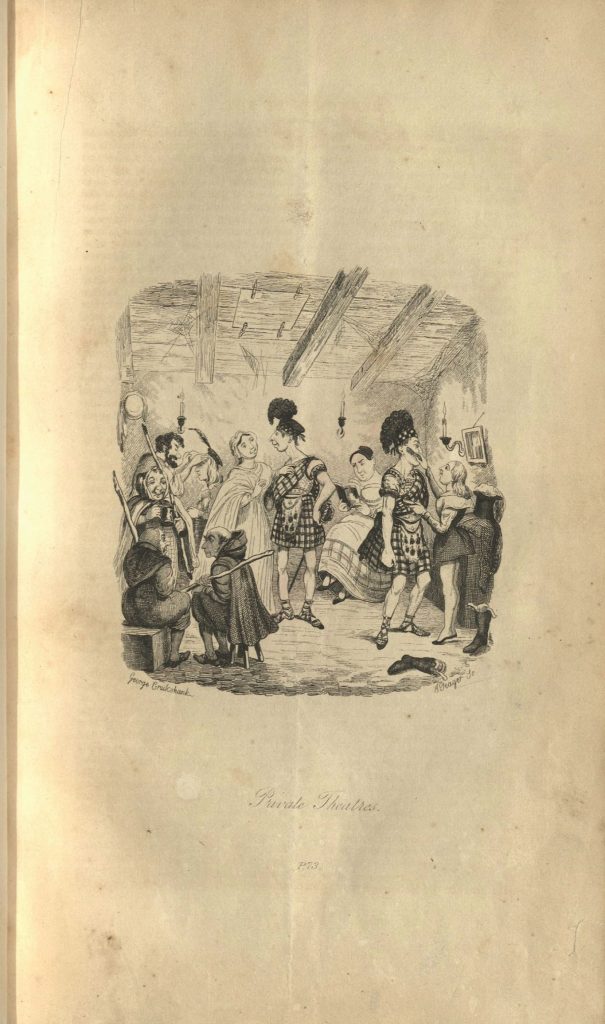
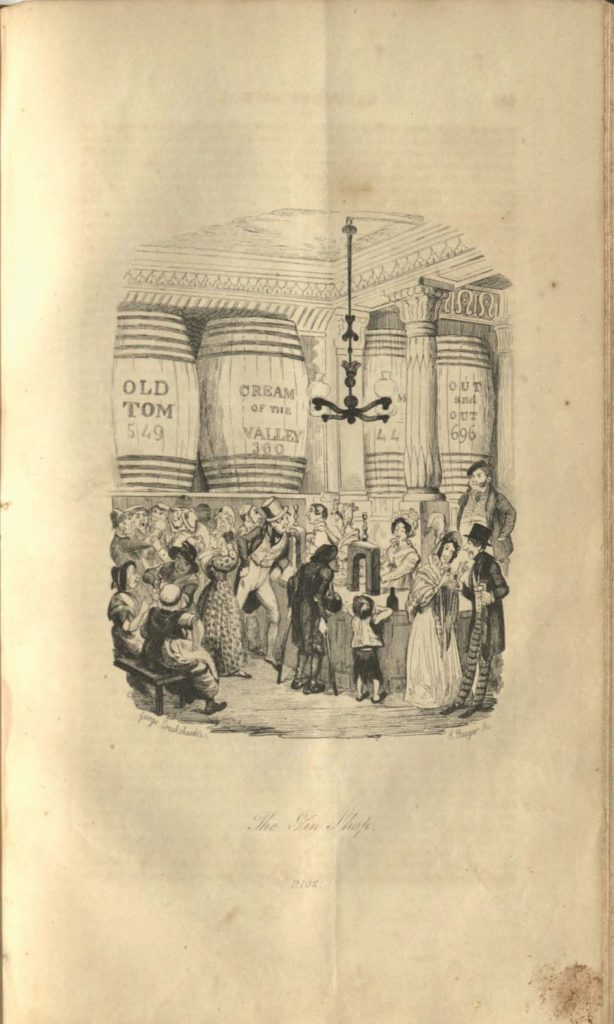
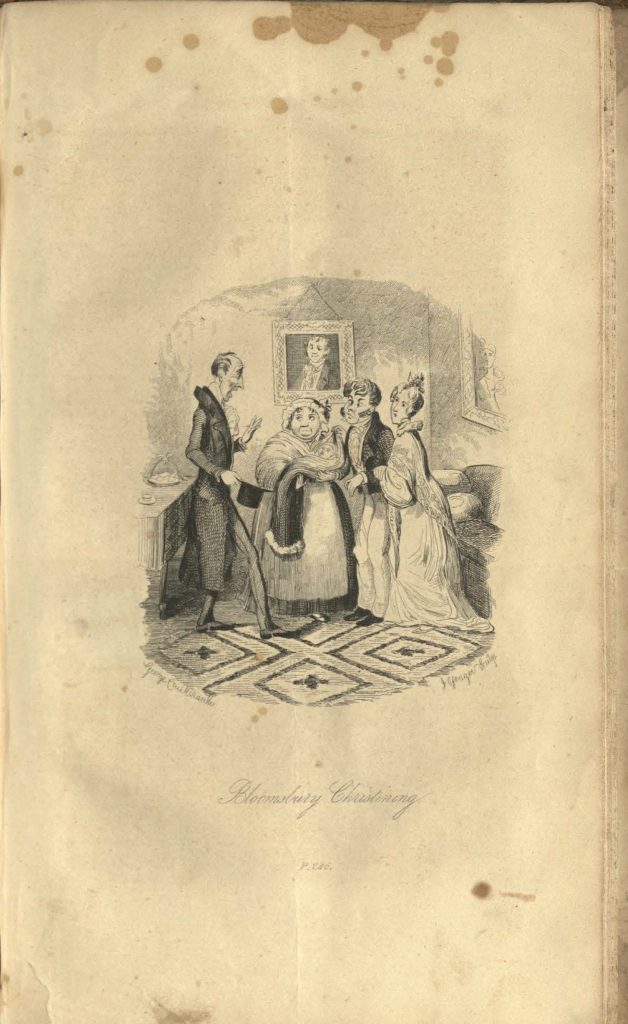
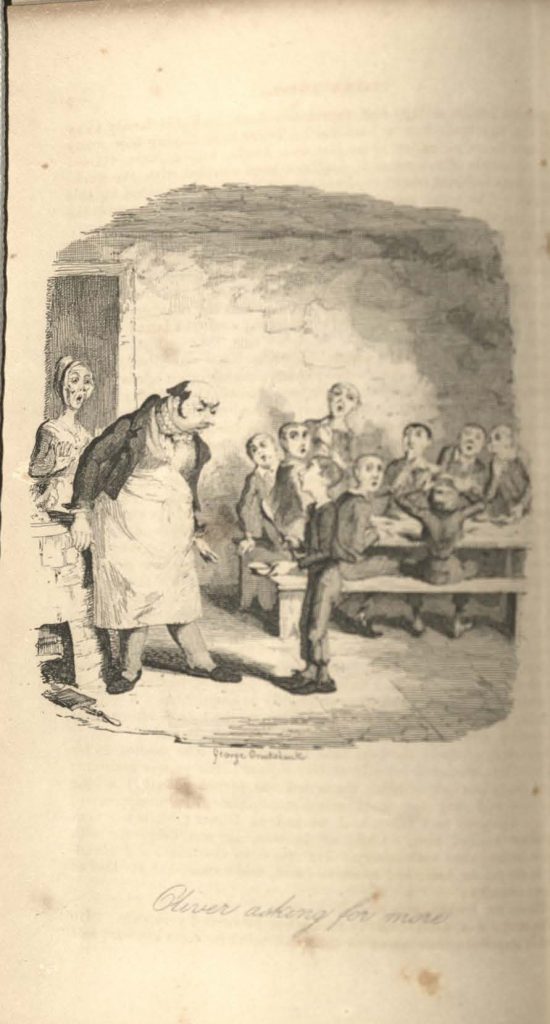
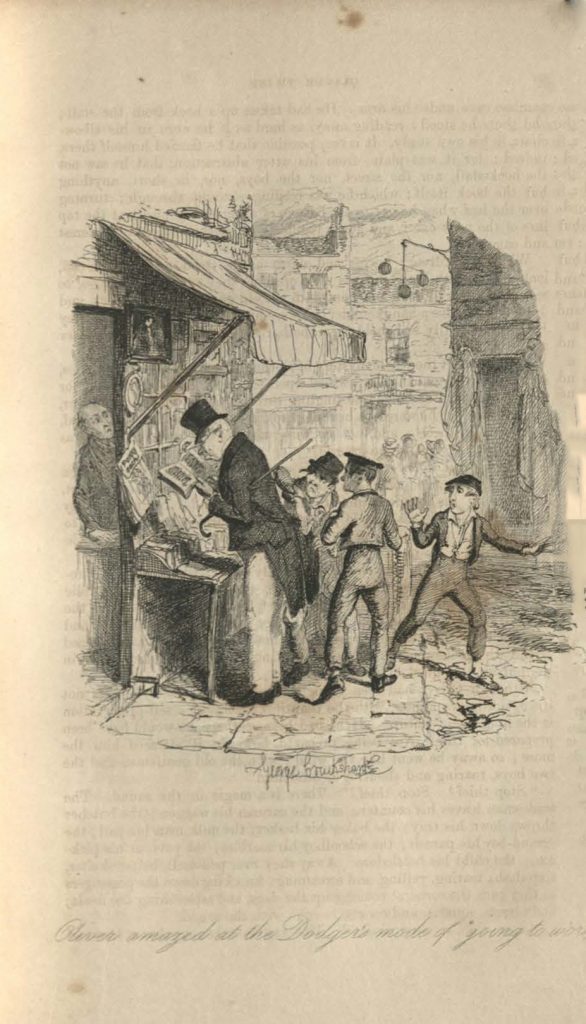

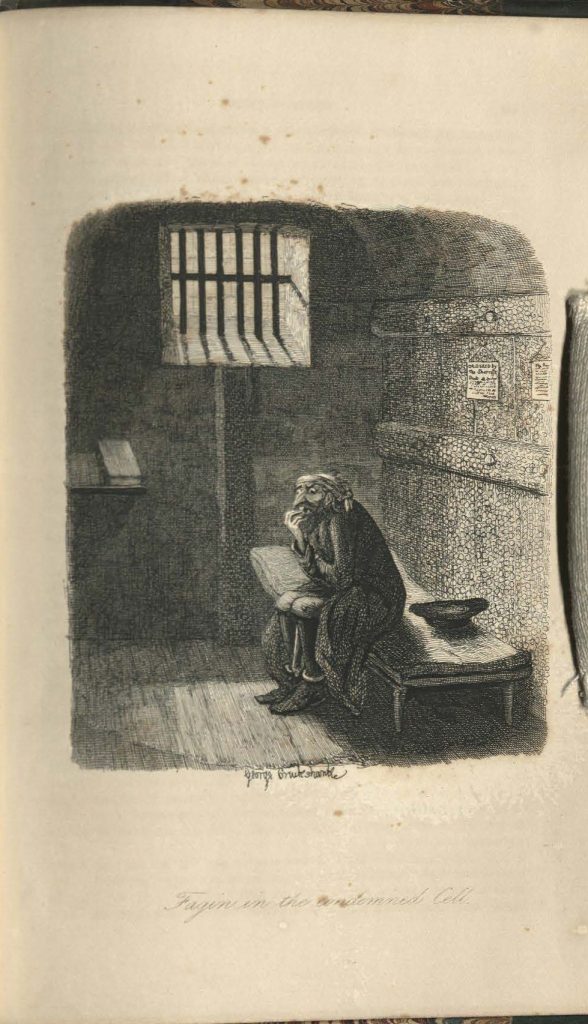

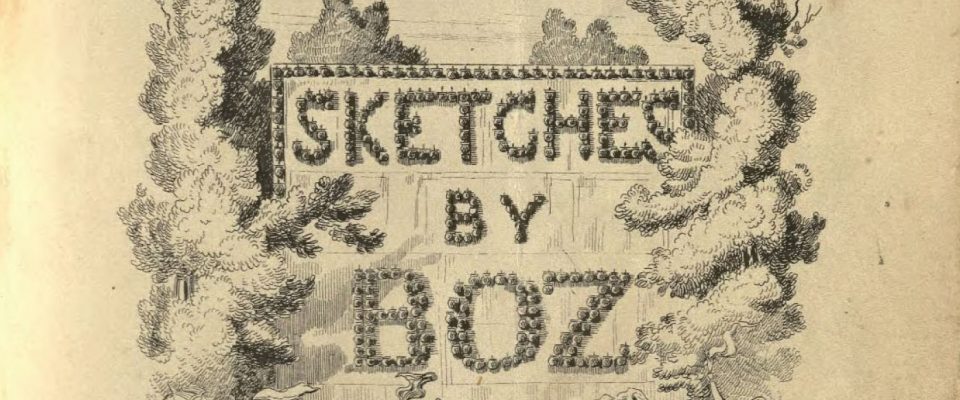
 Albin O. Kuhn Library & Gallery
Albin O. Kuhn Library & Gallery